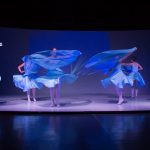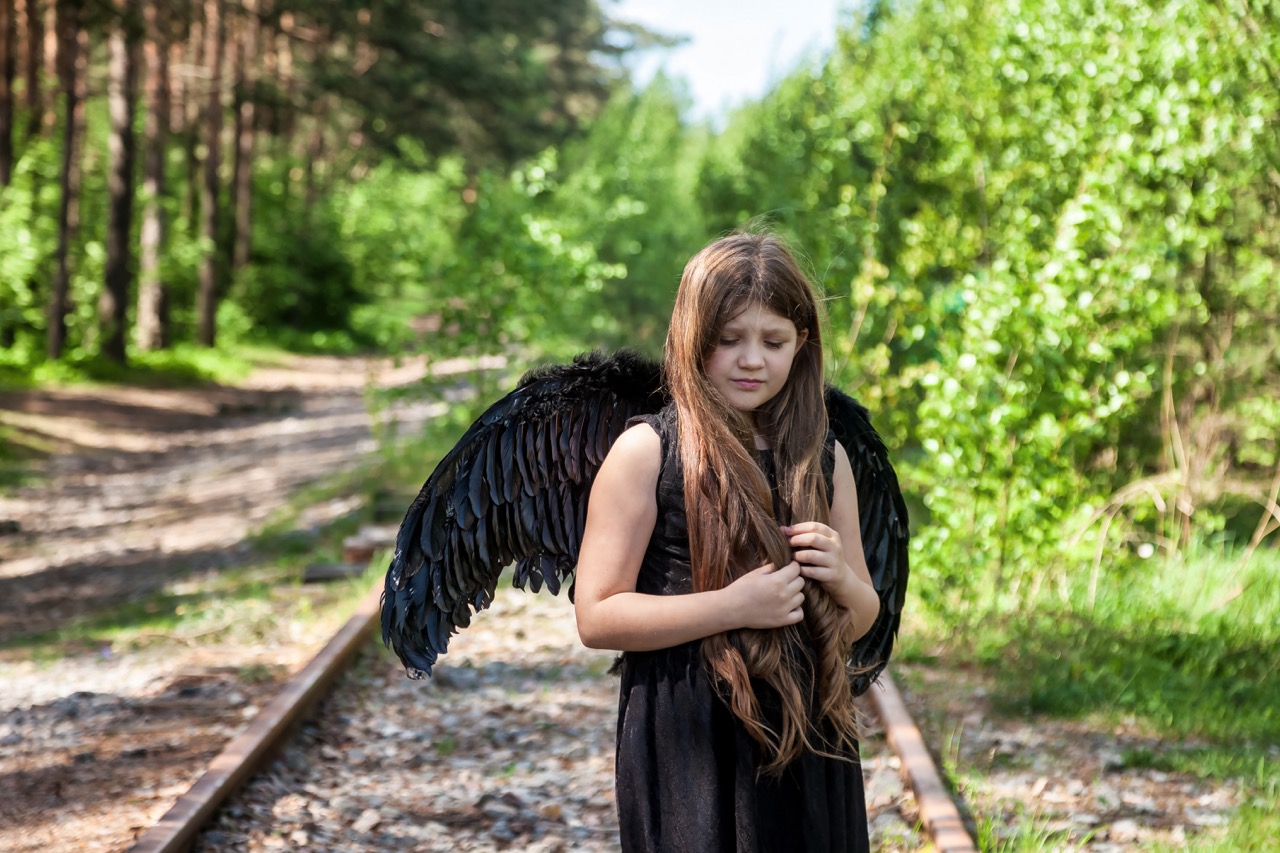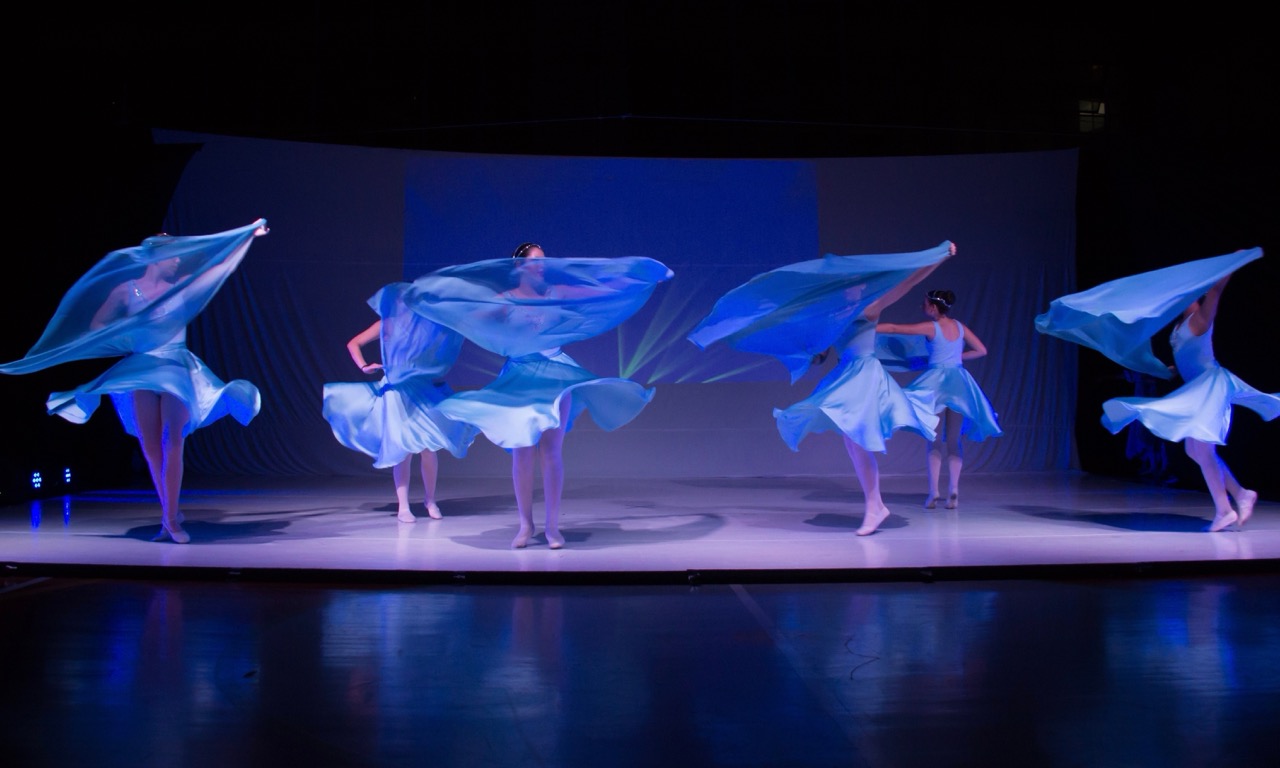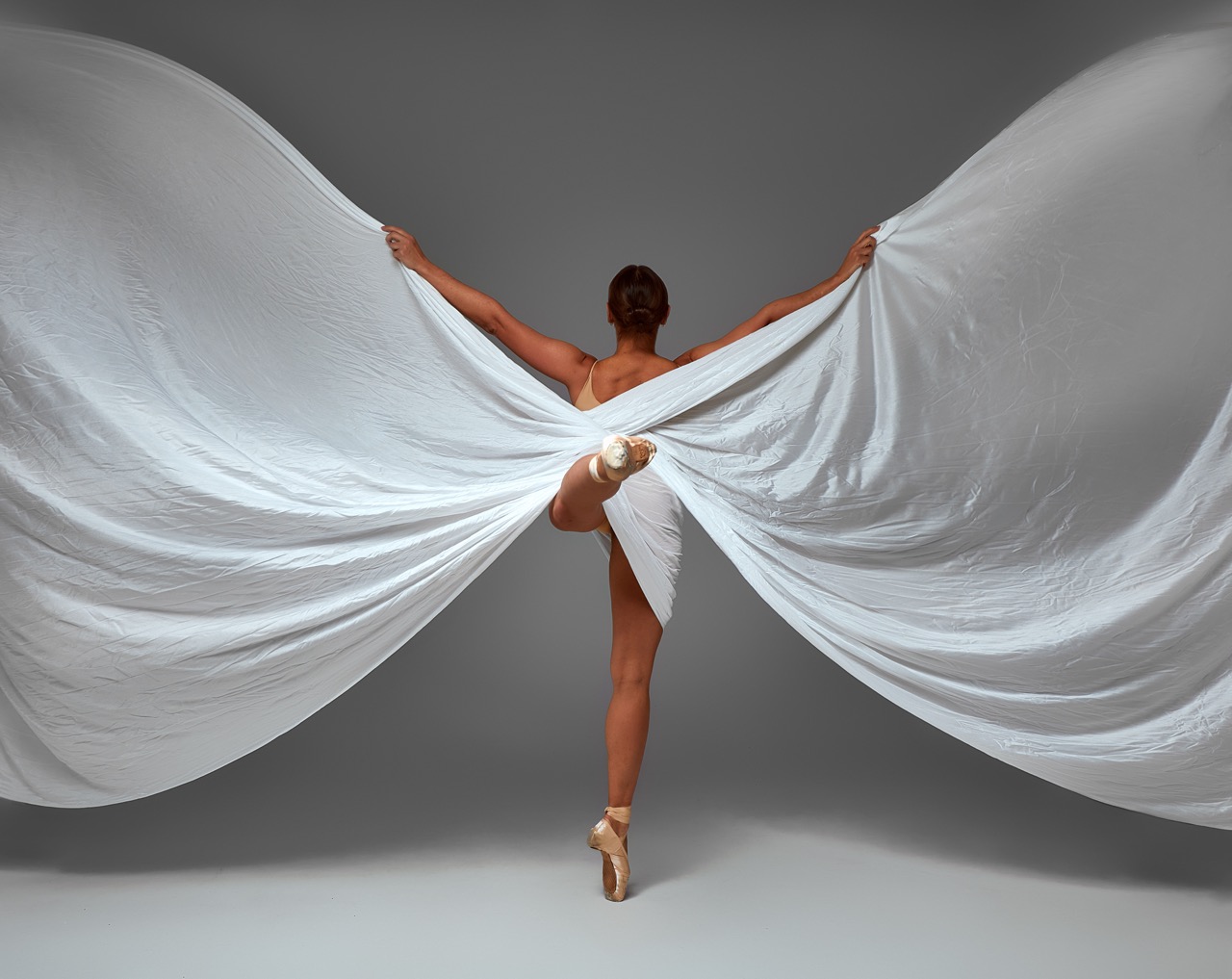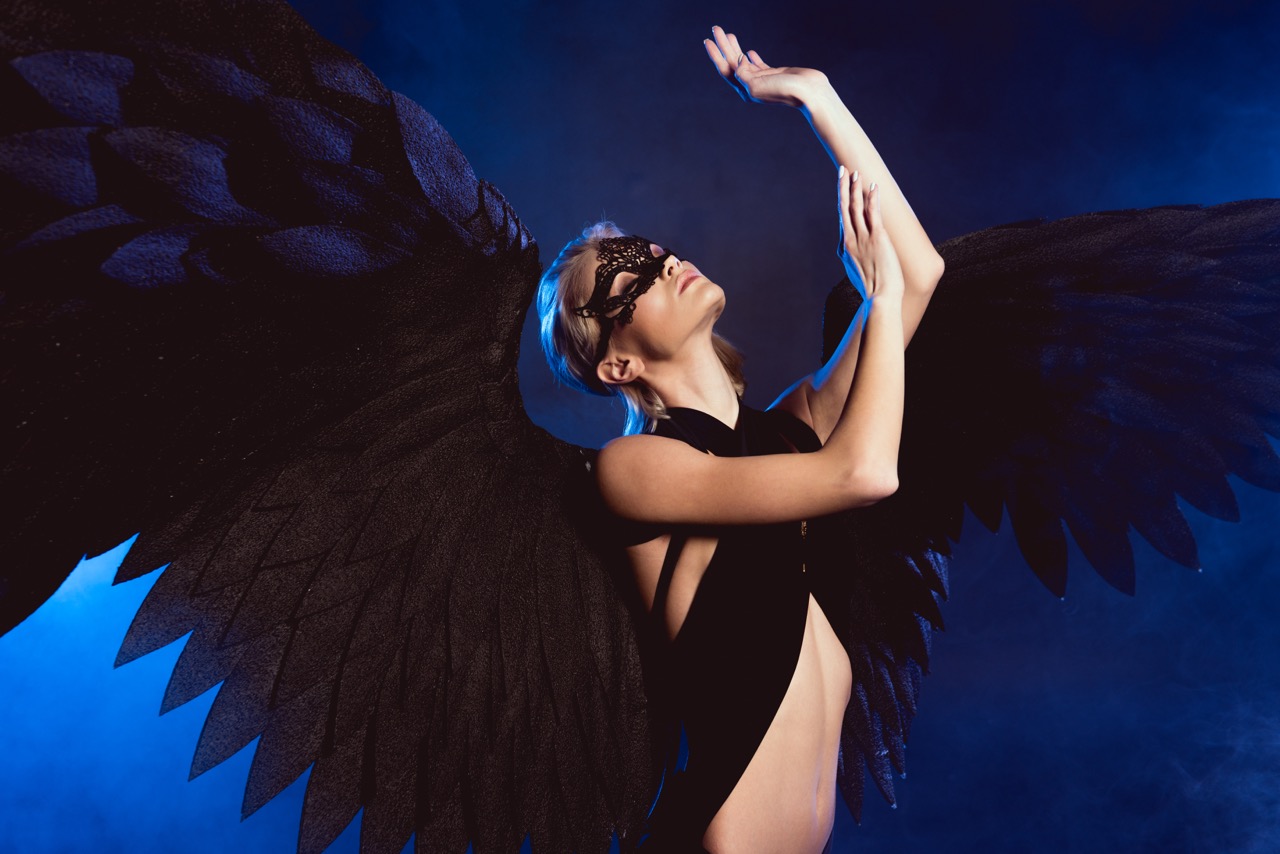In a world that often feels fragmented, dance emerges as a powerful antidote, weaving together threads of community and belonging. Dance transcends language, culture, and individual differences, creating a shared space where people can come together to express themselves, celebrate their uniqueness, and connect with others. From the rhythmic beats of traditional folk dances to the spontaneous movements of urban street dance, the art of dance fosters relationships and nurtures a sense of belonging. This article explores the multifaceted ways in which dance acts as a unifying force, builds connections, bridges cultural divides, and transforms individual expression into collective joy.
The Rhythm of Togetherness: Dance as a Unifying Force
Dance has long been recognized as a communal activity that fosters a sense of unity among participants. Whether it’s a lively wedding reception, a local festival, or a spontaneous gathering in a park, dance provides an arena for individuals to let go of their inhibitions and connect with one another. The rhythm serves as a heartbeat for the community, inviting everyone to join in and contribute to the collective experience. In these moments, barriers dissolve, and the focus shifts from individuality to a shared, vibrant presence.
Moreover, through organized events such as dance workshops and community performances, individuals from diverse backgrounds can come together with a common goal: to learn, create, and celebrate through movement. These gatherings foster an environment where people feel free to express themselves, regardless of their skill levels or backgrounds. The act of dancing side by side reinforces the idea that everyone has a place within the community, enhancing feelings of acceptance and belonging.
Additionally, the universality of dance movements encourages participation from all age groups and abilities, making it an inclusive practice. From toddlers to seniors, dance invites everyone to engage in a collective expression of joy and creativity. This inclusivity strengthens community bonds, as individuals rally to support and uplift one another, creating a sense of belonging that extends beyond the dance floor.
Step by Step: Building Connections Through Movement
In the world of dance, every step taken is a potential connection waiting to happen. Classes and group workshops often serve as the perfect backdrop for individuals to meet, collaborate, and forge friendships. As participants learn new choreography together, they not only develop physical skills but also build social skills, including teamwork and communication. The shared experience of mastering a dance routine can lead to lasting friendships that extend beyond the studio.
Moreover, partner dances, such as salsa or ballroom, emphasize the importance of connection through movement. The interaction between partners requires trust, patience, and non-verbal communication, fostering a deeper bond as they learn to navigate the rhythm together. This collaborative aspect of partner dancing enriches relationships and encourages individuals to support one another, enhancing feelings of connection and community.
As dancers become more comfortable with one another, they often create their own informal dance circles or groups, expanding their networks further. These gatherings allow participants to share their unique styles and cultures, leading to a dynamic exchange of ideas and experiences. The friendships that blossom from these interactions help to solidify a sense of belonging and community, showcasing the power of movement to bridge gaps between individuals.
Embracing Diversity: Dance as a Cultural Bridge
Dance serves as a vibrant tapestry that weaves together diverse cultural expressions. Each dance form—whether it’s the intricate footwork of Irish jig or the graceful movements of traditional Indian dance—carries with it stories, histories, and values. In a multicultural society, dance becomes a powerful vehicle for cultural exchange, allowing individuals to learn about and appreciate the richness of traditions different from their own.
Cultural dance festivals and events provide invaluable opportunities for communities to showcase their heritage while inviting others to participate. As people engage with these diverse forms of dance, they gain insights into the customs and experiences of various cultures. This immersive experience fosters mutual respect and understanding, bridging the gaps that often exist between different communities.
Furthermore, the evolution of dance genres continues to reflect our interconnected world. Hybrid dance styles and trends arise as cultural influences blend together, encouraging collaboration and creativity among dancers from different backgrounds. This amalgamation not only enriches the art form but also reinforces the notion that dance is a universal language capable of transcending borders and fostering a sense of belonging among all who participate.
From Solo to Collective: The Power of Shared Expression
While dance can be a deeply personal form of expression, it also has the power to transform individual experiences into collective narratives. Solo performances often reflect personal journeys, but when shared with an audience, they resonate at a communal level, inviting others to connect with the emotions expressed. This shared experience deepens the bond between the performer and the audience, creating a sense of collective empathy and connection.
In group performances, the synergy of multiple dancers working together amplifies the emotional impact of the piece. Each dancer contributes their unique voice to the narrative, creating a rich tapestry of stories and experiences that echo the complexities of community life. Audiences become engaged participants, responding to the energy and rhythm of the ensemble, and in doing so, they become part of the collective expression.
Dance also has the unique ability to spark dialogue and reflection, providing a platform for communities to address shared challenges and joys. Social and political themes can be powerfully articulated through dance, igniting conversations that foster understanding and encourage action. This ability to channel personal and collective experiences into movement highlights dance as a vital form of expression that not only entertains but also unites.
Dance, in all its forms, acts as a powerful catalyst for community and belonging. Through the rhythm of togetherness, the step-by-step process of building connections, the celebration of cultural diversity, and the transformation of individual expression into collective narrative, dance enriches our lives in profound ways. As we continue to embrace the power of movement, we strengthen the bonds that tie us to one another, creating inclusive communities where everyone can feel valued and celebrated. In the grand dance of life, it is these shared moments that remind us of our interconnectedness and the joy of belonging.
